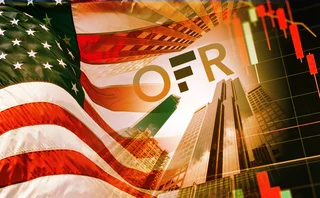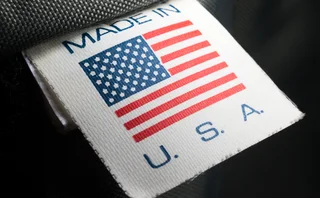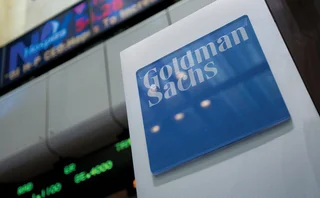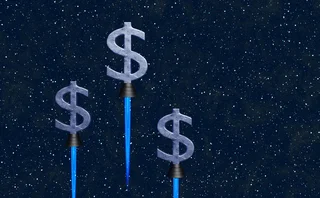
Cooking with collateral
In the wake of the crisis, the traditional assumption of a risk-free counterparty and rate has been shown to be false, yet it still underpins finance theory. Vladimir Piterbarg develops theoretical foundations for a model of an economy without a risk-free rate and with all assets traded on a collateralised basis. A cross-currency extension is considered, with a view to develop a model of multi-currency collateral choice

An economy without a risk-free rate has been considered in the past (see Black, 1972) but traditional derivatives pricing theory (see, for example, Duffie, 2001) assumed the existence of such a rate as a matter of course. Until the crisis, this assumption worked well, but now even government bonds cannot be considered credit risk-free. Hence, using a risk-free money-market account or a zero-coupon bond as a foundation for asset pricing theory needs revisiting. While some of the standard
Only users who have a paid subscription or are part of a corporate subscription are able to print or copy content.
To access these options, along with all other subscription benefits, please contact info@risk.net or view our subscription options here: http://subscriptions.risk.net/subscribe
You are currently unable to print this content. Please contact info@risk.net to find out more.
You are currently unable to copy this content. Please contact info@risk.net to find out more.
Copyright Infopro Digital Limited. All rights reserved.
As outlined in our terms and conditions, https://www.infopro-digital.com/terms-and-conditions/subscriptions/ (point 2.4), printing is limited to a single copy.
If you would like to purchase additional rights please email info@risk.net
Copyright Infopro Digital Limited. All rights reserved.
You may share this content using our article tools. As outlined in our terms and conditions, https://www.infopro-digital.com/terms-and-conditions/subscriptions/ (clause 2.4), an Authorised User may only make one copy of the materials for their own personal use. You must also comply with the restrictions in clause 2.5.
If you would like to purchase additional rights please email info@risk.net
More on Markets
Repo clearing rule could raise SOFR volatility – OFR analysts
Analysis of 2022 data finds large divergence in tail rates but no change in median
Investors dip a toe back into Tips despite April losses
US inflation-linked bonds back in vogue as stagflation hedge
Europe’s Ucits funds: Made in the USA
Counterparty Radar: EU retail funds market is a prime example of Trump’s miscalculation on trade
Goldman Sachs doubled FX trading revenues in 2024
Bumper Q4 powers bank to head of US dealer pack by foreign exchange revenue
The Term €STR transition: challenges and market readiness
The progress, challenges and factors shaping the adoption of Term €STR as financial institutions transition from Euribor
Pimco’s $19 billion Sonia swaptions trade
Counterparty Radar: Bond giant springs up as largest player in space among US mutual fund managers, with Guggenheim shadowing its move
HK warrant issuers optimistic on listing cost cuts
Inclusion of listing reform in second budget speech raises hopes for action on ‘expensive’ fees
Asia’s bond investors hesitant to buy US dip, say dealers
Insurers and pension funds have been slower to step in than usual during sell-off








